Search Posts
Recent Posts
- GriefSPEAK: AI grief glasses. Would you put them on? – Mari Nardolillo Dias May 3, 2024
- API, AP study: Election insights – understanding public preferences in news coverage in 2024 May 3, 2024
- Outdoors in RI: Free Fishing Weekend, coyotes all around, safety, 2A update – Jeff Gross May 3, 2024
- Rhode Island Weather for May 3, 2024 – John Donnelly May 3, 2024
- Honor Roll Q3 for St. Mary Academy-Bay View May 3, 2024
Categories
Subscribe!
Thanks for subscribing! Please check your email for further instructions.
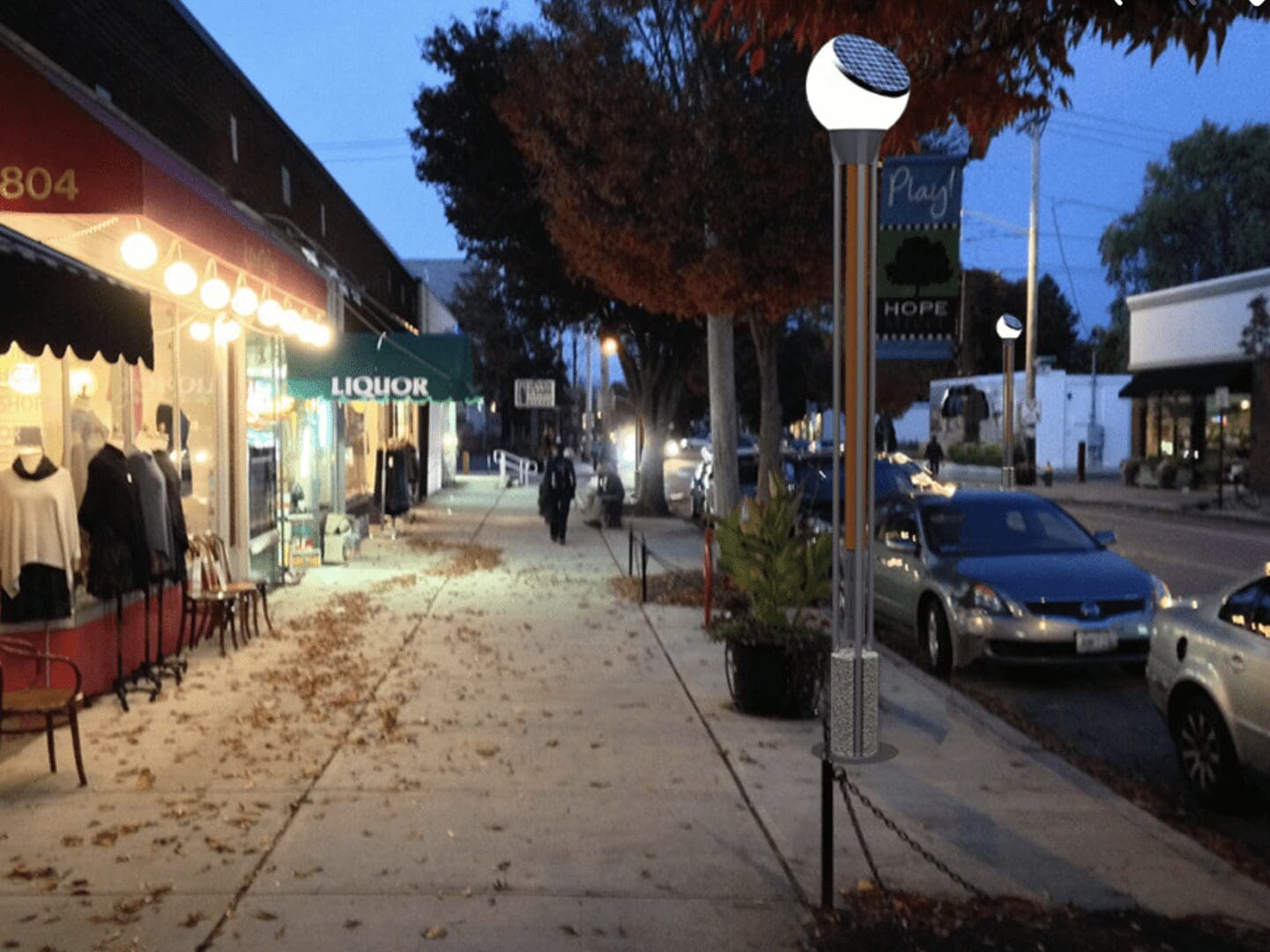
UPDATES: Bike lanes for Hope St – safety, common sense, good business – and money
Photo: Hope Street Merchants Assoc Facebook page
See updates noted in red
We continue to follow plans to “test” a one-mile temporary bike lane down the east side of Hope Street, planned for October. As the plan gets closer, there is a cacophony of opinions up and down busy Hope Street on the East Side of Providence. The action step about to happen is a letter that will go to Mayor Elorza, the Providence City Council and others requesting a permanent halt to the plan. It will be signed by approximately 20 of the 45 businesses, as we go to publication.
The PVD Streets plan:
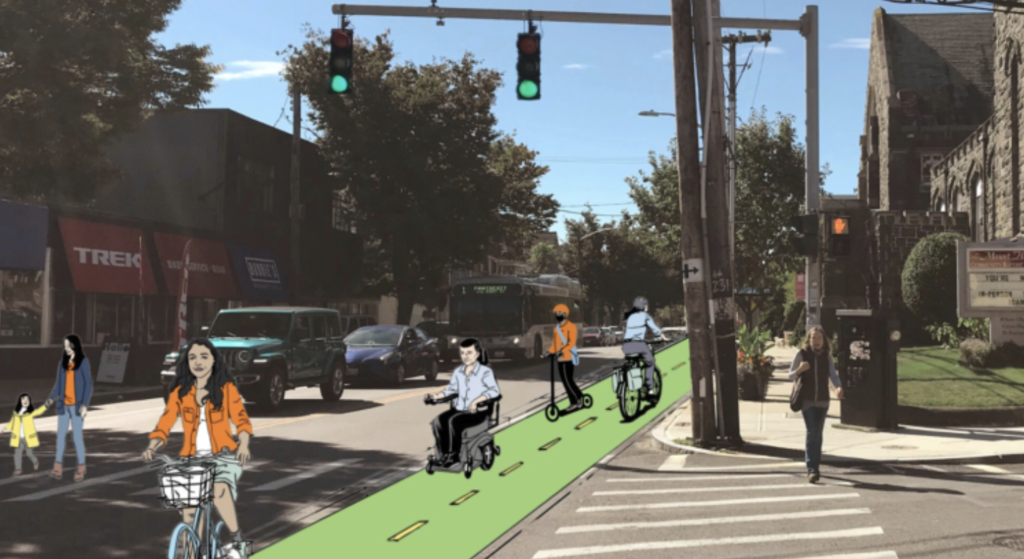
The plan is described by PVD Streets as: “The Hope Street Temporary Trail is a community-led effort that will consolidate parking to the west side of Hope Street and create a one-mile trail for walking, jogging, rolling, and biking on the east side from Lauriston Street to Olney Street (Frog & Toad to Tortilla Flats). The temporary trail will be in place for one week and give residents and business owners a chance to experience this potential change in 3D, interact with it, and give their informed feedback.”
As plans come closer to an October “test” of turning a good portion of Hope Street into shared bike lanes, eliminating parking, increasing congestion on a dangerously already-slim roadway, business owners and residents are stepping forward to express concern about the ability of their customers to reach their stores, its impact on business, and safety.
In addition to the congestion issue, store owners have mentioned densely spaced driveways and how dangerous it is to back out of them, already, on to Hope Street. Oncoming cars travel a little further away from driveway openings and are more visible and “noisier” than bikes, scooters, etc. There is also more time to stop if you see one suddenly coming. “I truly fear for the safety of people zipping along a bike lane that gives the illusion of being continuous and safe. It strikes me as a tragic accident waiting to happen,” said one store owner and resident.
While a community meeting was held to explain the project, it was attending by less than a dozen people – a landlord who owns multiple buildings on Hope Street and rents to approximately 9 small business storefronts said he had not been consulted or informed about the bike lane plans.
Buses, school buses & auto conga line in the making
The bike lane will include bus bumpouts where people will load onto and off of the bus in the center of the road, leaving cars to start and stop behind the buses, all the way down the street.
___
Candidates for Mayor of Providence weigh in on Hope Street bike lanes
Mayor candidate Gonzalo Cuervo (no response)
Councilwoman & Mayoral candidate Nirva LaFortune:
“We have had multiple meetings and communications with residents and businesses to discuss the pilot. Nothing is permanent. This is a one week, 7-day pilot program to see if adding a bike lane on Hope works. We hope to collect traffic data and community feedback to inform any final decision. I am someone who has relentlessly supported our small businesses and have talked to many about the challenges that they faced during the pandemic and the ongoing challenge of trying to get back on their feet. What I hope this will do is find a balance to continue to support our businesses and residents while also ensuring we create access and opportunities for all to get around whether they take a bus, drive, walk, bike, or use a mobility device.”
Mayoral candidate Brett Smiley:
“I’ve personally met with some of the business owners on Hope Street and I hear their concerns. I also know that real cities have bike lanes. I do believe there is space for them in our city but also think we need to do better outreach and communications about their installation. We must consider the feedback we receive and be willing to make adjustments because of that feedback. As mayor, I will work to ensure all voices, including neighbors and businesses, are heard before any permanent changes are made.”
City of Providence:
Keith Stokes, Business & Development Director for the City of Providence visited with a few store owners. According to sources who spoke with RINewsToday, he said that he hadn’t heard about the plan and was confused about how Hope Street even got on the list, as it was not included on the potential trails in the Great Streets Plan. Stokes seemed according to our source “very surprised that they would try to cram a bike lane on a narrow, congested, commercial street like Hope”.
Elsewhere & Legal Challenges – Cambridge, MA starts “Save Mass Ave”
In Cambridge – Save Mass Ave was formed to address first the homeless encampments known as Mass and Cass, and now to address the bike lane issue, destined for the area.
A group known as Save Mass Ave Save Our City has been very active on the imposed bike lane issue – so much so they have filed a lawsuit under the name of Cambridge for All – and another group is working on a citizen’s taxpayer lawsuit as well.
The section of Mass Ave in Cambridge that is to be converted to bike lanes is set to be completed after the November election. The action group Save Mass Ave is trying to support businesses and residents now – “and not just the powerful Bike lobby” they say. They have been in contact with a Washington, DC group also working on the bike lane issue and wanting to collaborate with other groups from other states, forming a nationwide effort.
In Washington, DC, a coalition goes national to collaborate with other states to oppose inappropriately placed bike lanes – notes ADA compliance issues
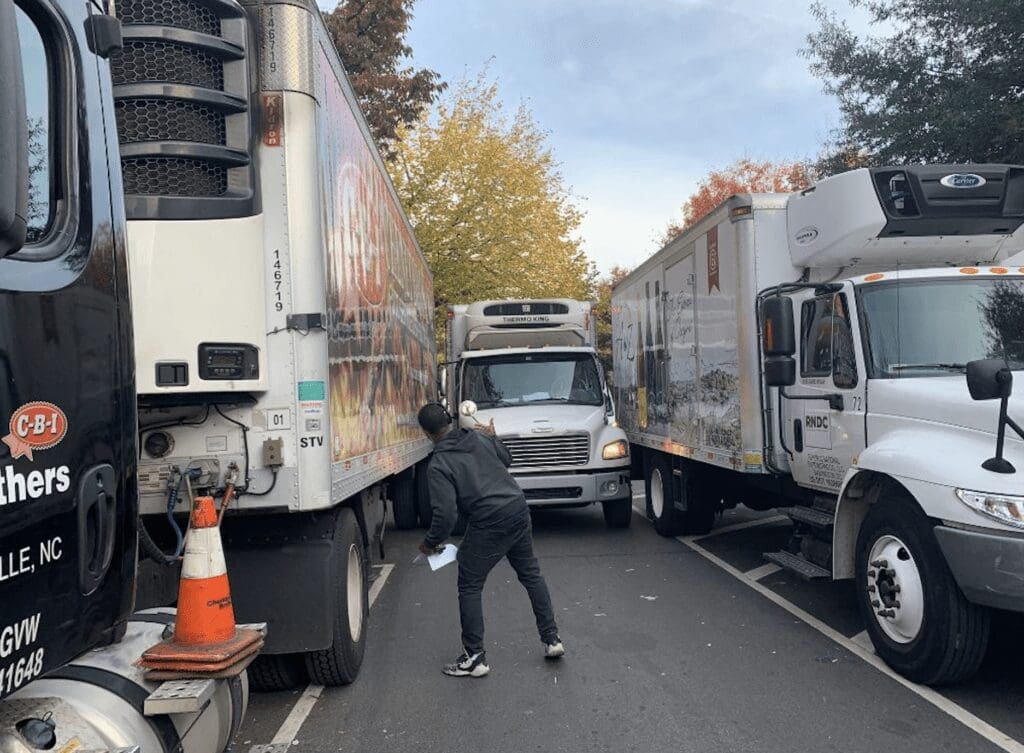
Nick DelleDonne of the Dupont East Civic Action Association Coalition on DDOT Bike Plans has summarized the efforts and concerns of a new group formed to collaborate on this issue with other locations in the country.
In a document obtained by RINewsToday, DelleDonne explains, “In DC we are also embroiled in a battle to save our streets from bike lanes and streateries, where improperly and apparently without end, the city is selling the streets of the city for corporations to profit from.
Our civic association, DECAA, is working on an ADA lawsuit and succeeded in having the city declare the local nonprofit bike association Washington Area Bicycle Association (WABA) a lobbyist, so it must report all contacts with city officials from which it currently receives one million dollars in funding each year. We have organized a city-wide coalition of neighborhoods to fight back on the bike lanes in each neighborhood.
Our motto is: If we fight block by block, we will lose block by block. That is one reason we reach out to you [in Rhode Island] and your organization to collaborate…the media is beginning to report on bike lane issues. We organized the first grassroots Town Hall Jan 25th with the District Department of Transportation (DDOT) to a sold-out audience.”
Their website is: https://thedccoalition.org/. Their Facebook page is: https://www.facebook.com/groups/dccoalitiononddotbikelanes.
The group’s mission is “to document the impact of protected bike lanes on commercial and residential neighborhoods in Washington DC where neighboring streets provide better and safer alternatives. We seek to document an intransigent DDOT new traffic changes which were undertaken without study and without community engagement.
The DC Coalition on DDOT Bike Plans opposes protected bike lanes on congested commercial and residential streets. “Join us in a united effort across all DC neighborhoods to save our communities impacted by reckless and dangerous DDOT Bike Plans, particularly when unsupported by studies in the planning process.
The group makes these points about the bike lanes:
- Commercial stretches are inappropriate for protected bike lanes where parking spaces are removed, in favor of speeding through traffic.
- Protected bike lanes create a hazard to pedestrians – seniors with walkers, toddlers grouped together on their way to daycare, the physically challenged.
- They create a speed path through social and commercial stretches and encourage bad behavior among cyclists.
Their group notes that the bike plan is to “remove legal parking spaces and then punish patrons and residents for parking illegally. Funneling all traffic through one lane is a grave and reckless mistake. While we support cycling, we are concerned about the hazards these lanes cause to public safety, the local economy, and accessibility.”
Great cities think alike. As Providence begins its efforts, the DC group is also now petitioning the Mayor, DDOT and Councilmembers, “to reject plans which will cripple the economic and social nerve center of our livable/walkable community and instead encourage consideration of alternate cycle routes. “We call for a citywide moratorium on new bike plans and a review of existing changes. DC has used the Covid pandemic to implement bike plans without broad community knowledge or input. Until in-person regular order is reestablished, new plans should be paused. We also ask that DC remove particularly disruptive and underutilized bikes lanes.”
Their national collaborative action came from a deeply felt feeling that while so many have expressed that the bike lanes are disruptive, dangerous, and insensitive to the needs of the communities, too often DDOT tells communities, “We heard you, but the bike lanes are going in anyway,” dismissing alternatives.
DelleDonne penned an OpEd to The Washington Post on the hazards of Protected Bike Lanes, based on a study from the Insurance Institute for Highway Safety. https://www.washingtonpost.com/opinions/2021/12/10/bike-lanes-are-not-best-way-protect-children-dc/
The Insurance Institute study on proper bike lane placement
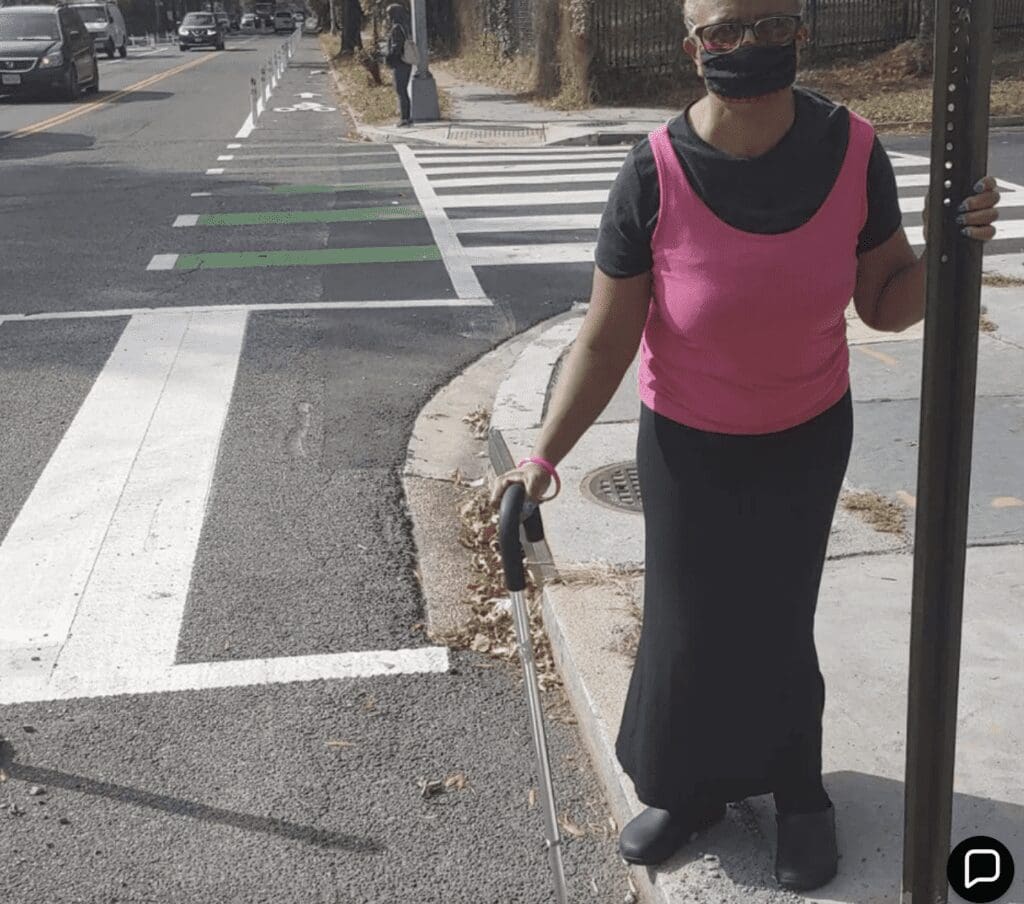
The Institute study “examined the risk of collisions or falls leading to emergency department visits associated with bicycle facilities (e.g., protected bike lanes, conventional bike lanes demarcated by painted lines) and other roadway characteristics in three U.S. cities.” The study concluded: “Protected bike lanes vary in how well they shield riders from crashes and falls. Heavier separation, less frequent intersections with roads and driveways, and less complexity appear to contribute to reduced risk in protected bike lanes… Planners should minimize conflict points when choosing where to place protected bike lanes and should implement countermeasures to increase visibility at these locations when they are unavoidable.” The study can be read here: https://www.iihs.org/topics/bibliography/ref/2193.
The group, Environmental Conscience published this list of Pros and Cons of protected bike lane construction:
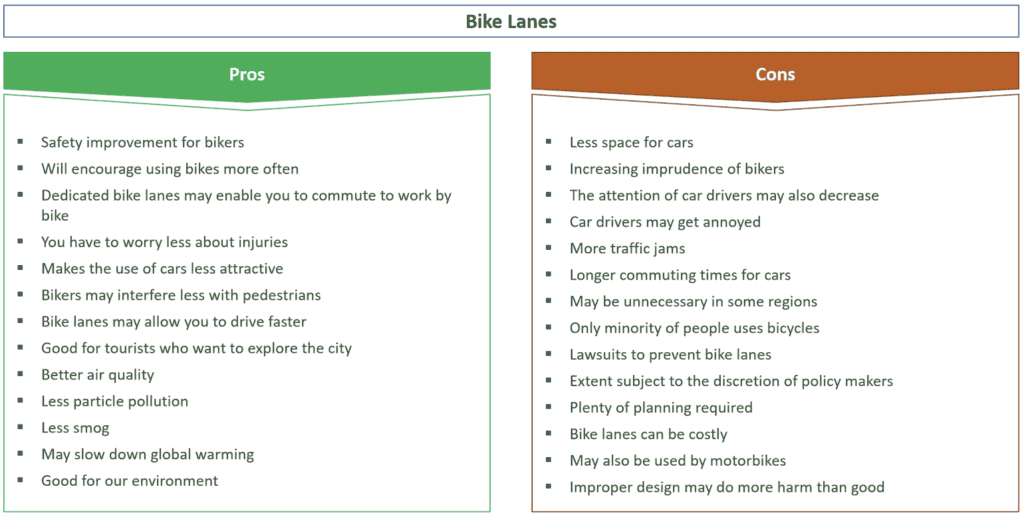
Follow the money
RINewsToday learned that the funding to conduct just the 1-week bike lane experiment on Hope Street came from several sources. AARP-RI is one source. This was confirmed by John Martin, communications staff who provided this quote: “The PVD Streets Coalition pilot program is supported by the 2022 AARP Community Challenge Grant referenced on our web site announcing this year’s grantees: (https://states.aarp.org/rhode-island/congratulations-2022-community-challenge-grantees) . When asked for the proposal that they funded he referred us to “PVD Streets” saying that he believed that “there are other funding sources involved”. The AARP-RI funded the one week community project for approximately $13,000. RINewsToday has not been able to get the full budget for the one week plan or Great Streets.
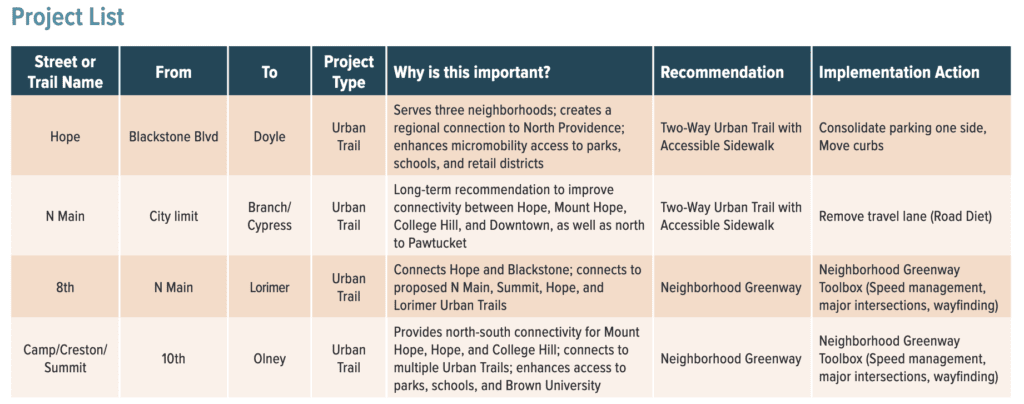
Our Streets PVD
On April 11th, RINewsToday wrote to Liza Birch, Our Streets PVD, asking for the test bike lane project proposal and budget, to no response. On August 15th, we wrote to Birch again, and received an out-of-office message that she was leaving on vacation. We have not heard back as of this publication.
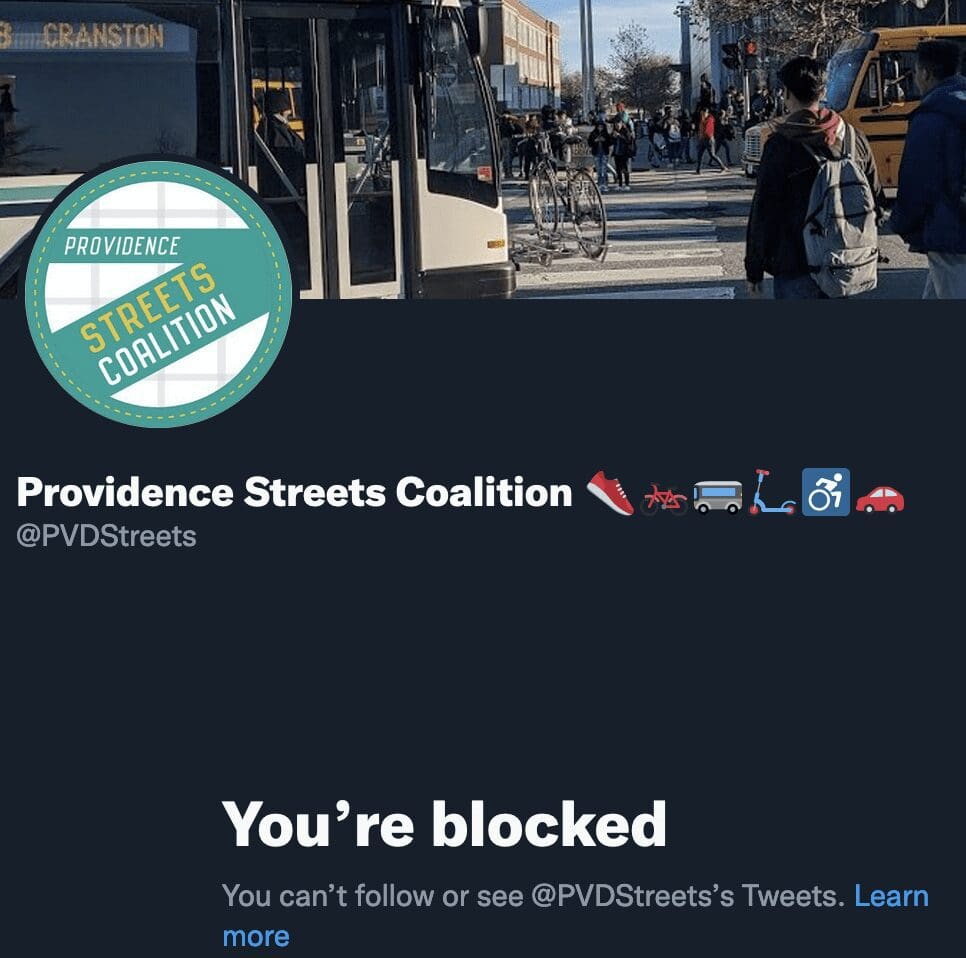

Notably, when we posed the question about funding on Twitter, where the group is very active, the group blocked our account.
On their website there is a description of their project: “The Providence Streets Coalition, Thriving Places Collaborative, SPIN Streets, AARP, and 3M Gives are working with local partners, residents, and businesses to test a temporary urban trail on Hope Street in Providence this fall, as called for in the City of Providence’s Great Streets Plan. The Hope Street Temporary Trail is a community-led effort that will consolidate parking to the west side of Hope Street and create a one-mile trail for walking, jogging, rolling, and biking on the east side from Lauriston Street to Olney Street (Frog & Toad to Tortilla Flats). The temporary trail will be in place for one week and give residents and business owners a chance to experience this potential change in 3D, interact with it, and give their informed feedback.”
Letter to the City of Providence & Providence City Council
As previously stated, out of the 45 or so businesses on the Hope Street area destined for the experiment (Tortilla Flats to Frog & Toad), over 22 have signed a letter asking the city to step in and cancel the bike lane test for October. Store owners feel they are just getting their economic legs back after the pandemic, and a street closure water repair project a few years before that, and this would be both an economic hardship with behavior changing possibilities for customers (they may think it’s permanent and not ever return), and it should be common sense that a bike lane proposed for this congested street is ill-advised and unsuitable.
UPDATE: This is the letter sent to the Mayor and Council on Monday, 8/22/22:
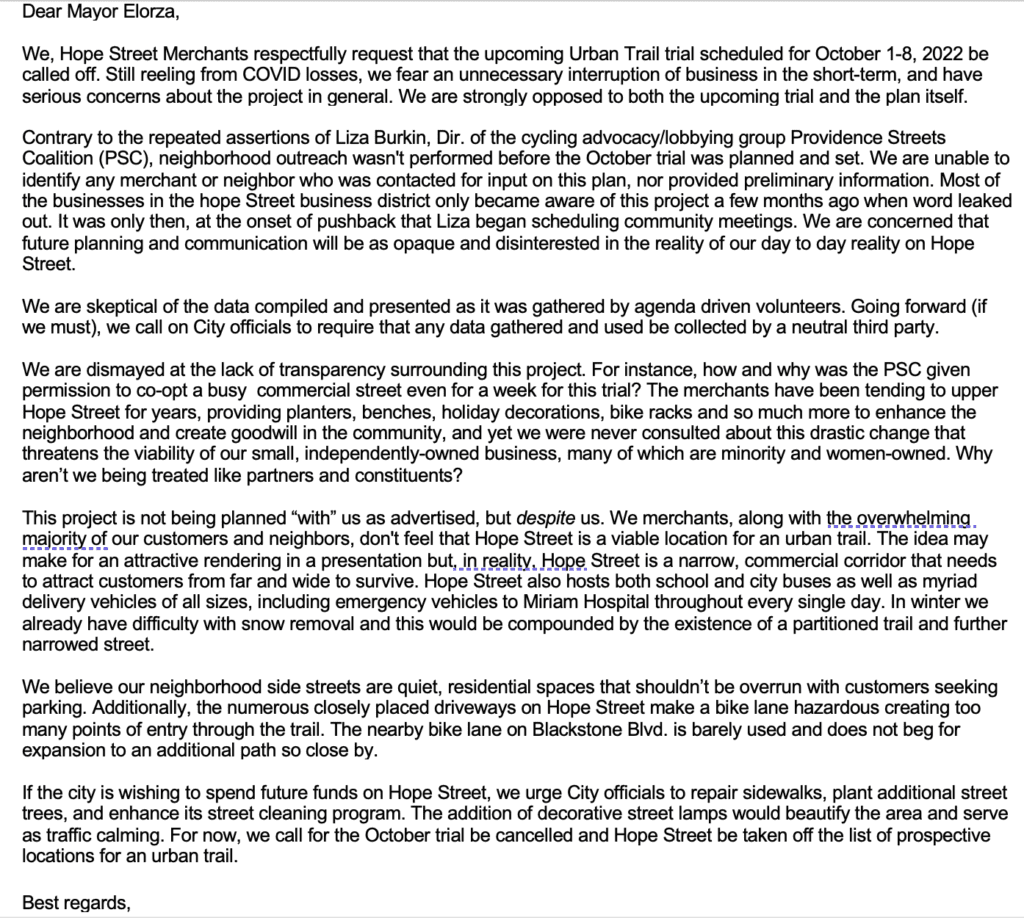
Signatures on the letter are from
Kim Clark, Rhody Craft
Pat Zacks, CameraWerks
Lena Zafirides, Hope Street Pizza
Athanasios Meltsakos, Hope Street Pizza
Elise Michel, Luli Boutique
Joanne Vincent, Tortilla Flats
Jim Harris, Pizzico Oyster Bar
Priya Himatsingka, Ph Factor
Bob D’hambra, D’hambra Auto
Mohammad Islam, Not Just Snacks
Sam Lin, Eden Park Cleaners
Ernie Persechino, Executive Hair Salon
Pam Hargraves, Blooming Blossoms
Sonia Chea, Owner Justina’s Nails
Shuwen Chen, Owner Lucky Kitchen
Claudia Curl, Owner Claudia Curl Salon
Dan Goldman, Green River Silver
Daniel Ronkin, Bubbies Deli
Beverly Alessandro, Best Little Hair House
Greg Moore, Coiffurium Salon
Nunzio & Stefano Zirilli, Stephanos Barber Shop
Amy Lockaby, Evolve Apothecary
Marysia’s Custom Tailoring
And many more…
___
Elise Michel, owner of Luli Boutique on Hope Street left her comment, at the bottom of this article – we include it here:
Thank you for this article.
As a business owner on Hope Street, I see this as a disaster for my store and extremely unsafe for cyclists. We also have bump outs that were put in for traffic calming and beautification. Many of these bump outs now have trees that are maturing and add to the atmosphere of Hope St. Having said that, they also take up parking spaces. If a bike path were to go in, the bump outs would need to be removed along with the trees.$$$$$ – Also We would lose parking along Lippitt Park. Where families load and unload tots for the playground. We have a farmers market at Lippitt Park and a crafts market every Saturday morning, spring, summer and fall. Very congested during those events and parking is quite minimal for all the people coming in to enjoy that. Losing 50% of the parking would hurt the park and it’s events. – The layout for buses and boarding is also a hard one to understand on a 2 lane road like Hope St. The proposal for a platform and the city bus not being able to pull over to pick up passengers is a struggle for Hope St. Cars behind the bus will not be able to go around the bus (ever )
Love the idea of well planned bike Lanes!
Please think this all the way through! – Elise, owner, Luli Boutique
_____
Businesses decide not to be too public – out of fear of retribution:
More than one business owner has heard from the bike lane proponents that they will steer business elsewhere if the store or business does not support the bike initiative. One Twitter post changed a meeting from a restaurant on Hope Street that didn’t support the effort to another business away from the area, posting it publicly.
Location, Location, Location…
What determines a project is a “go” or a “no go” – what is the criteria? Where is the input from business owners and residents and how is it weighed? What is the data that picks one street over another?
Which ones, below, are “wins”? Which ones are “misses”? Picking the appropriate street should be an art and a science – seeing the broader streets of Allens & Norwood as opposed to congested business-purposeful streets of So. Main and Hope give a common sense answer. No one spoke against bike lanes in all our research – just about, in one resident’s words, “nonsensical locations”.
One person noted that we may want to be California in our heart – but we’re weather-weary Rhode Island in reality – pooling water, snow removal, street sweeping, are all things that aren’t going away.
A retired Providence firefighter added a unique perspective of Hope Street, as it is, in terms of first responder response, navigating vital equipment and trucks – Hope Street is the worst, we dreaded having to use it. There is no room as it is, never mind in an emergency, with life-saving equipment. Notably, the quickest route to Miriam Hospital is often accessed from Hope Street (and/or North Main, also a target for the next bike lane project)
Ideally, bike lanes can be properly planned for at the beginning of putting in a road – retrofitting is often ill-fitting and fitful.
What happens when it fails?
We need to look only a few years back when Providence had their first lively bike lane experience on Eaton Street at Providence College – a too-narrow road had bike lanes added – with a maze of bright white, reflective signage and divider poles, ending up with lanes that abruptly stopped into curbs, and all with a cost of $100,000. Within a month? $100,000 more to remove it in its entirety – it added to the danger of the road and was a big negative to the project, creating bad blood to those involved in having it go in regardless of opposition and with minimal notice. The intervention of neighbors, responsive local representatives, and Providence College had a swift response.
Regardless of outside funding sources, there is a cost to Rhode Island. Bike lane placement needs to be done thoughtfully and professionally, and in concert with the people who live in their path. Creating safety for bikers should not come at the detriment to property owners, the physically challenged, and business owners and patrons.
The next project up is North Main Street, running parallel to Hope Street.
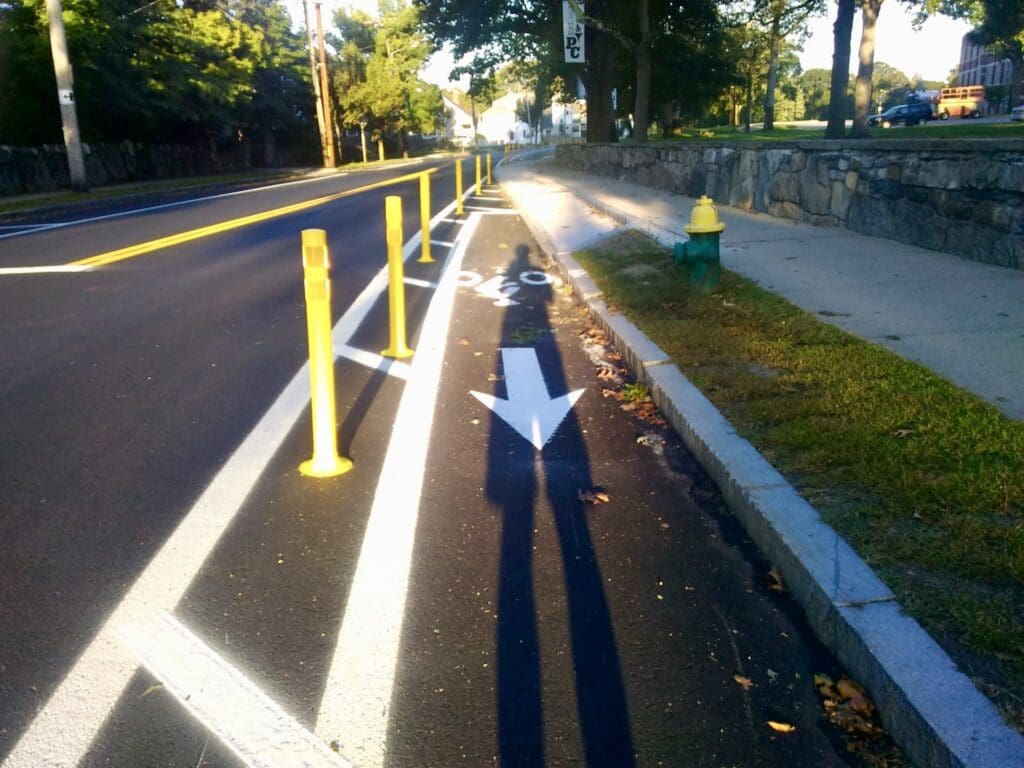
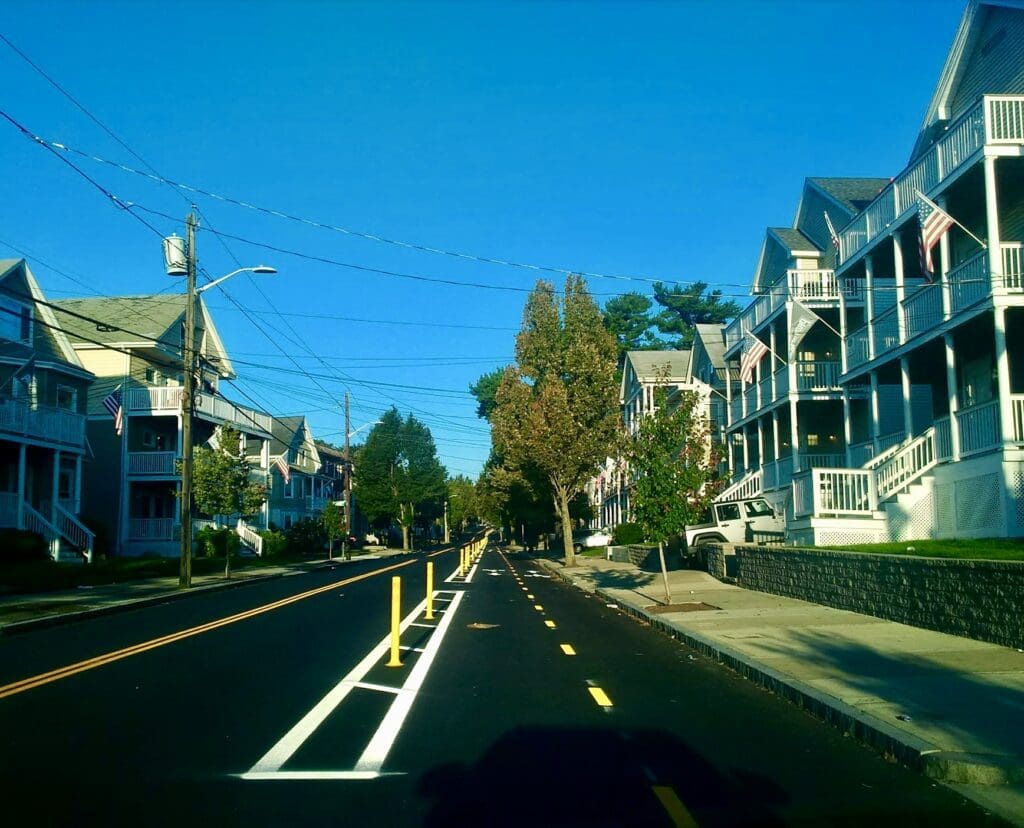
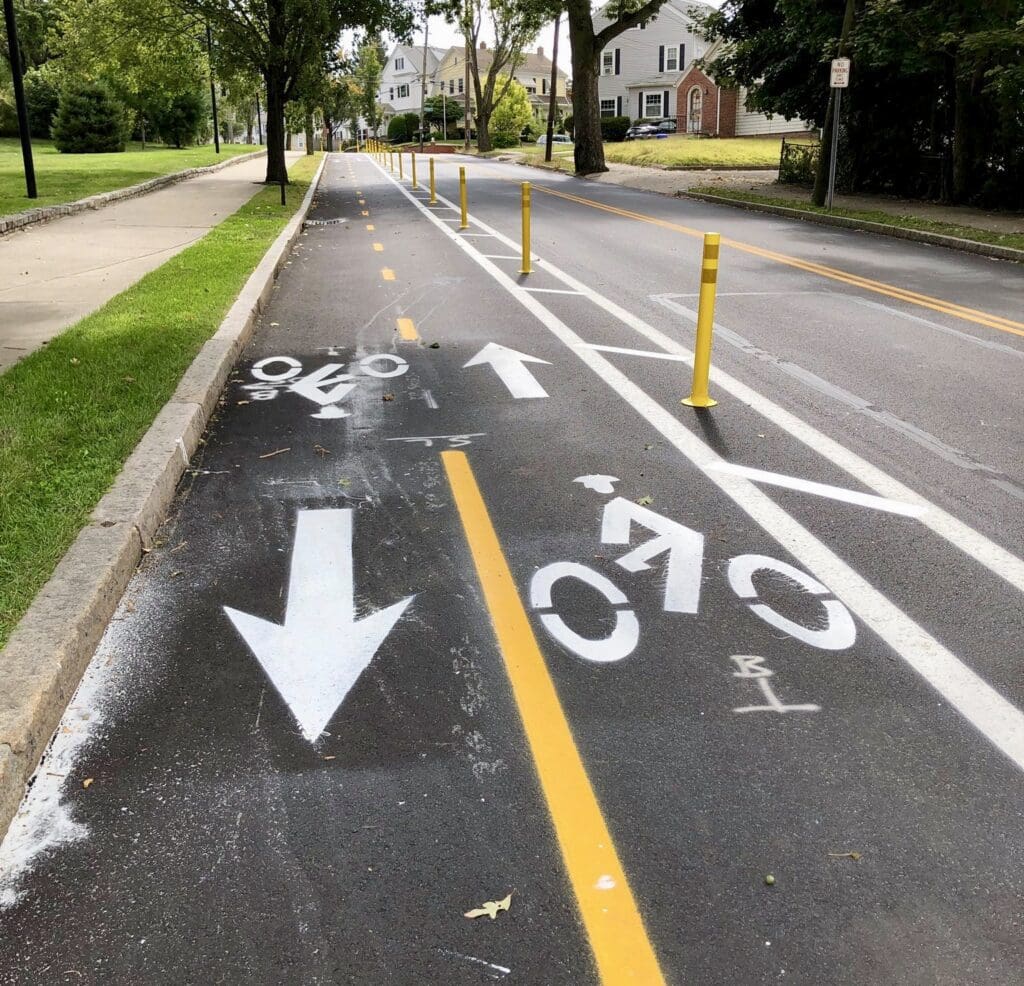
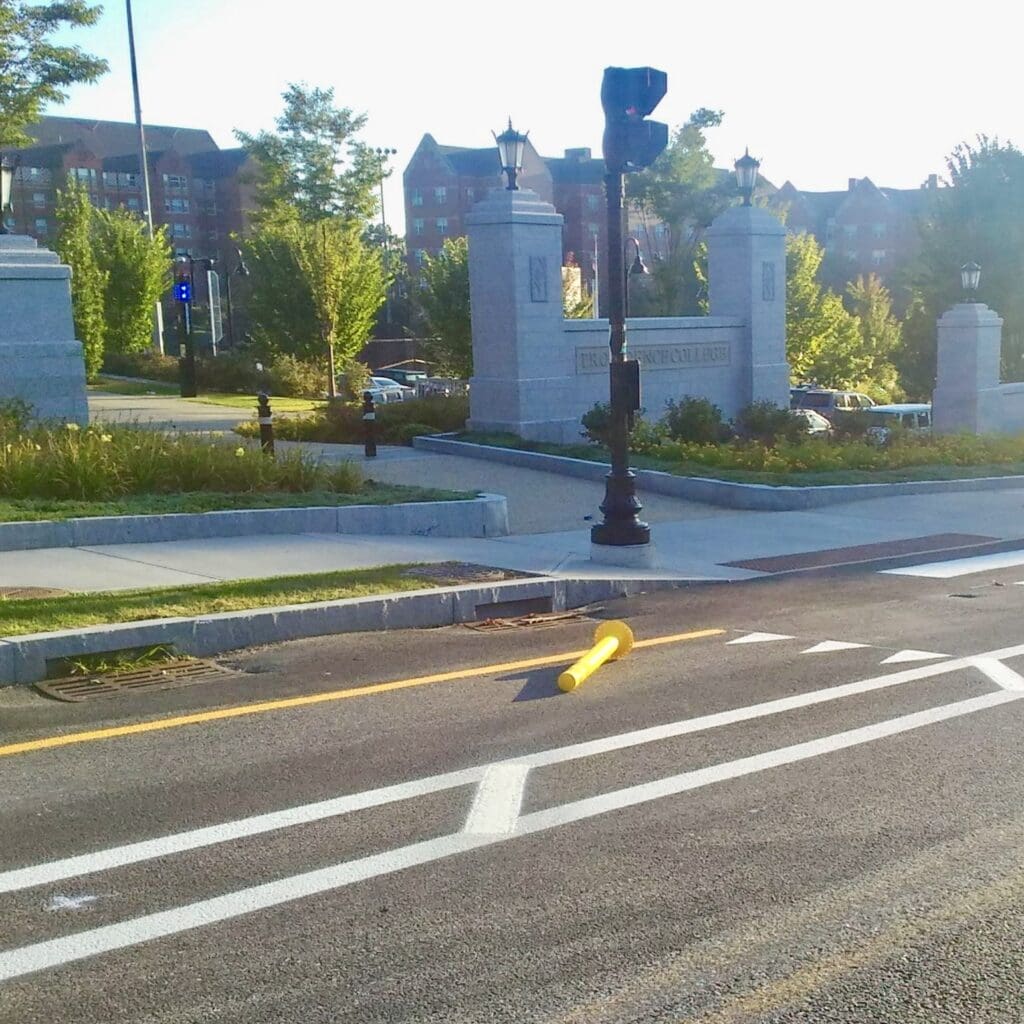
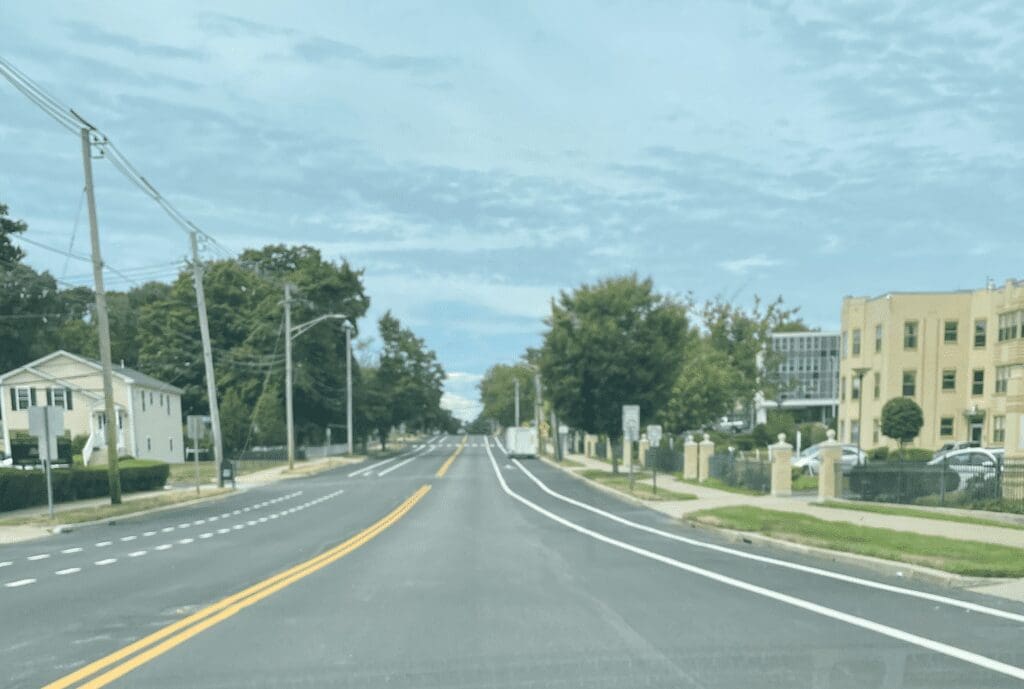
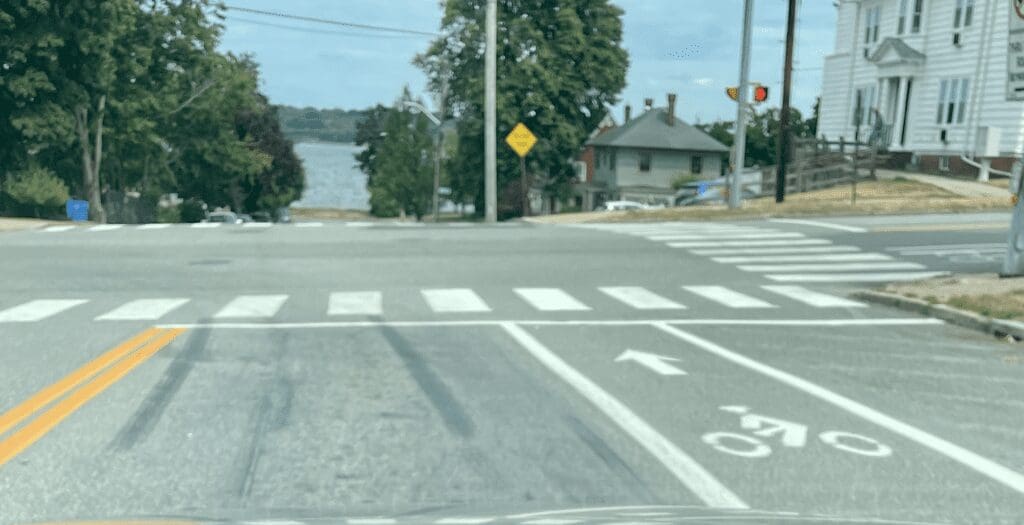
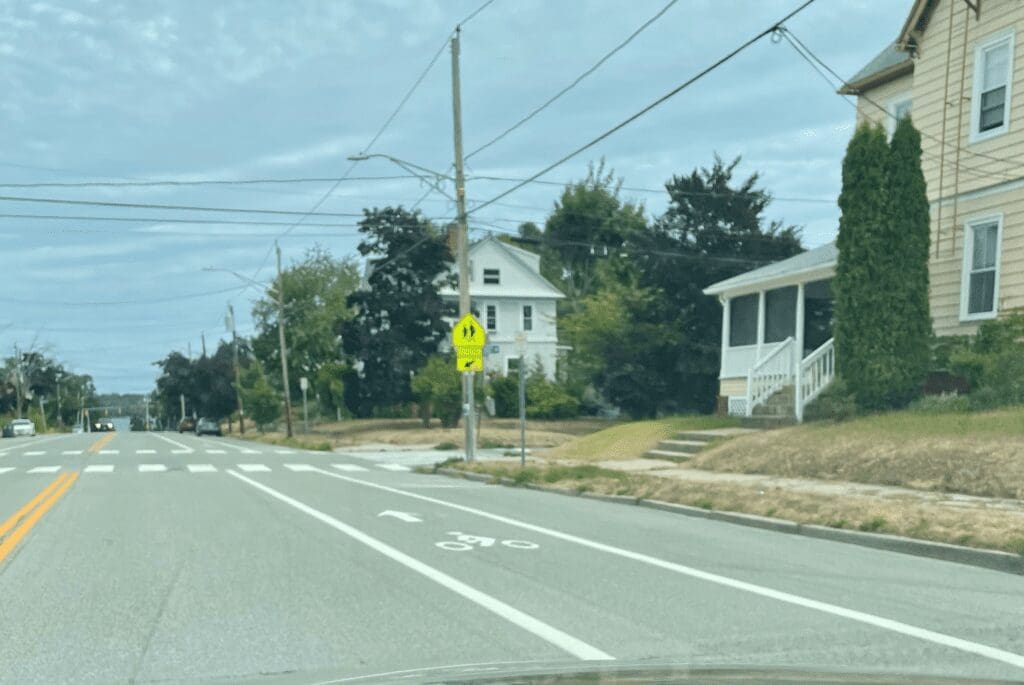

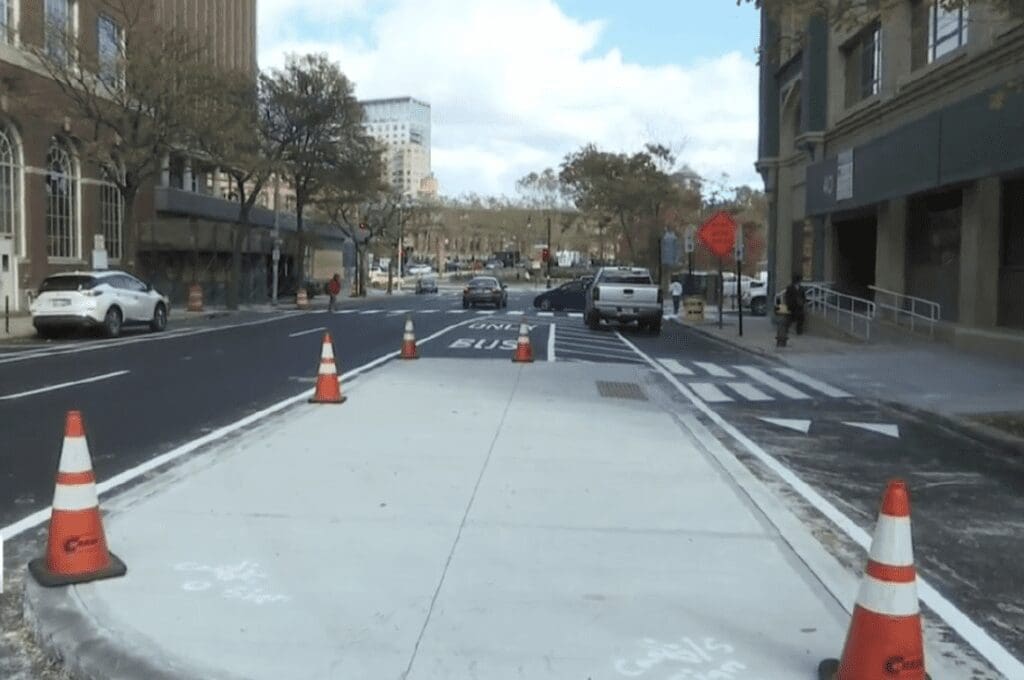

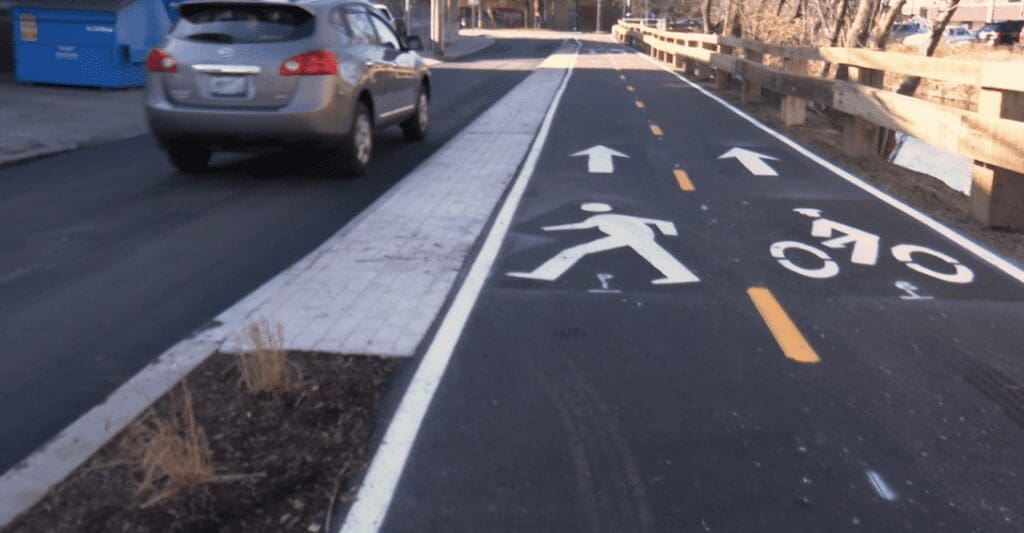
This is a developing story
Other stories from RINewsToday:

Just a nitpick–the pictures labeled “Allens Avenue” here are actually Narragansett Blvd in Cranston. Anyway, these pictures show, I think, the right way to do it. Norwood (I used to live in the house in that photo!) and Narragansett Blvd are wide enough to accommodate this. Eaton Street, South Main, and Hope Street are not. There is too much traffic and too many businesses.
Why are one block east and west of Hope included in the “count” of available parking spaces? I live on one of those blocks and for literally years have been sick of inconsiderate parkers from the Hope St overflow who park in front of MY HOME so that I can’t leave my own car in front.
These are RESIDENTIAL neighborhoods, they’re not zoned for business like Hope.
So, bad as it already is, it will become worse? Not only will Hope be taken over but also adjoining residential neighborhoods???
Is this fair?
Wait until every single delivery truck has to figure out where to unload from!
If we’re going in this direction, then let’s really go all in and have the ability to get on a trolly(or something like it) to get around. If the funding comes in, then let’s spend it in a smart way, not just push through an idea of “Use it before we lose it” type mentality.
Thank you for this article.
As a business owner on Hope st.
I see this as a disaster for my store and extremely unsafe for cyclists.
We also have bump outs that were put in for traffic calming and beautification. Many of these bump outs now have trees that are maturing and add to the atmosphere of Hope St. Having said that, they also take up parking spaces.
If a bike path were to go in,
the bump outs would need to be removed along with the trees.$$$$$
Also We would lose parking along lippit Park. Where families load and unload tots for the playground. We have a farmers market at Lippit Park and a crafts market every Saturday morning, spring, summer and fall. Very congested during those events and parking is quite minimal for all the people coming in to enjoy that. Losing 50% of the parking would hurt the park and it’s events.
The layout for buses and boarding is also a hard one to understand on a 2 lane road like Hope st.
The proposal for a platform and the city bus not being able to pull over to pick up passengers is a struggle for Hope St.
Cars behind the bus will not be able to go around the bus (ever )
Love the idea of well planned bike Lanes!
Please think this all the way through!